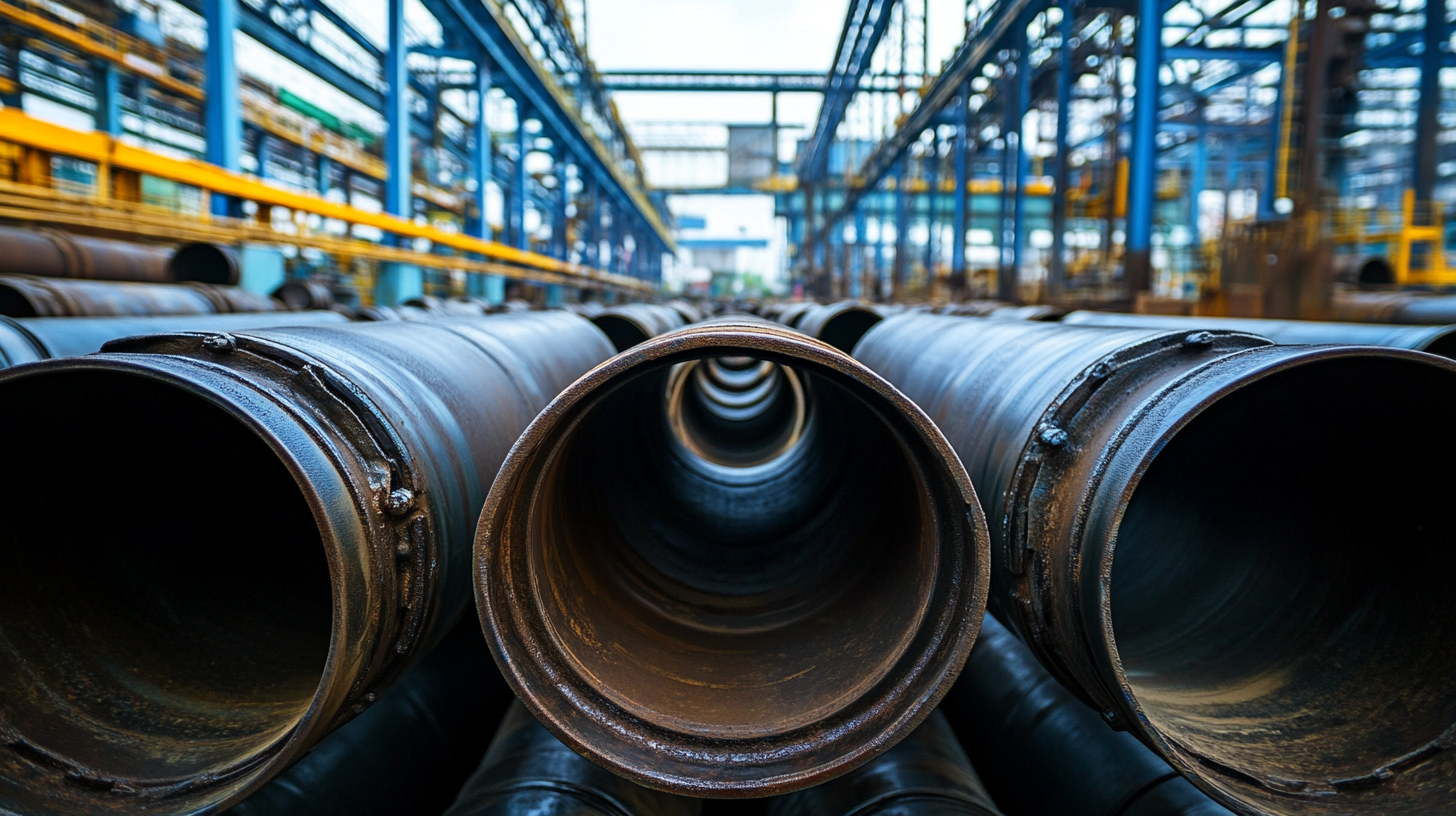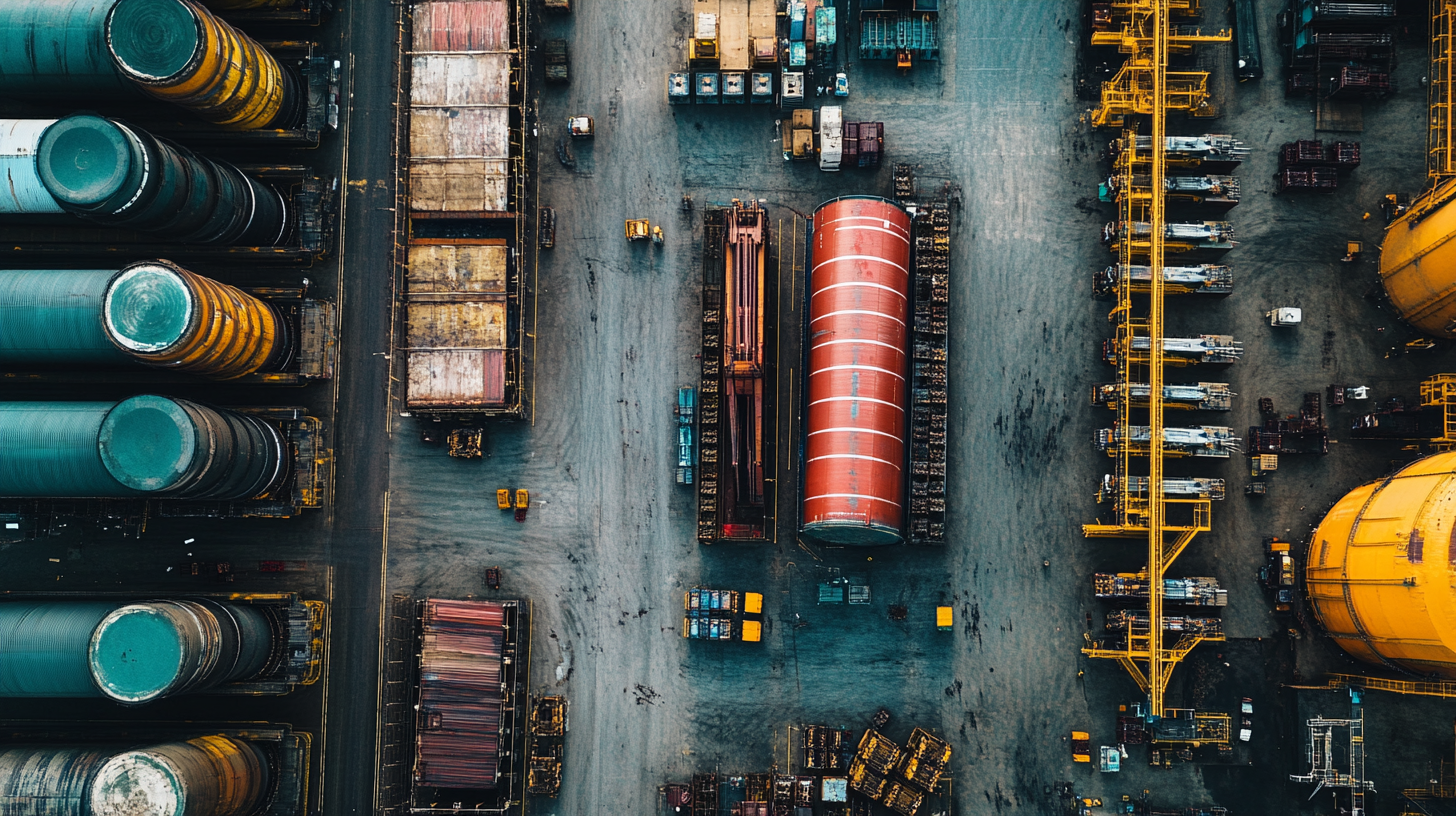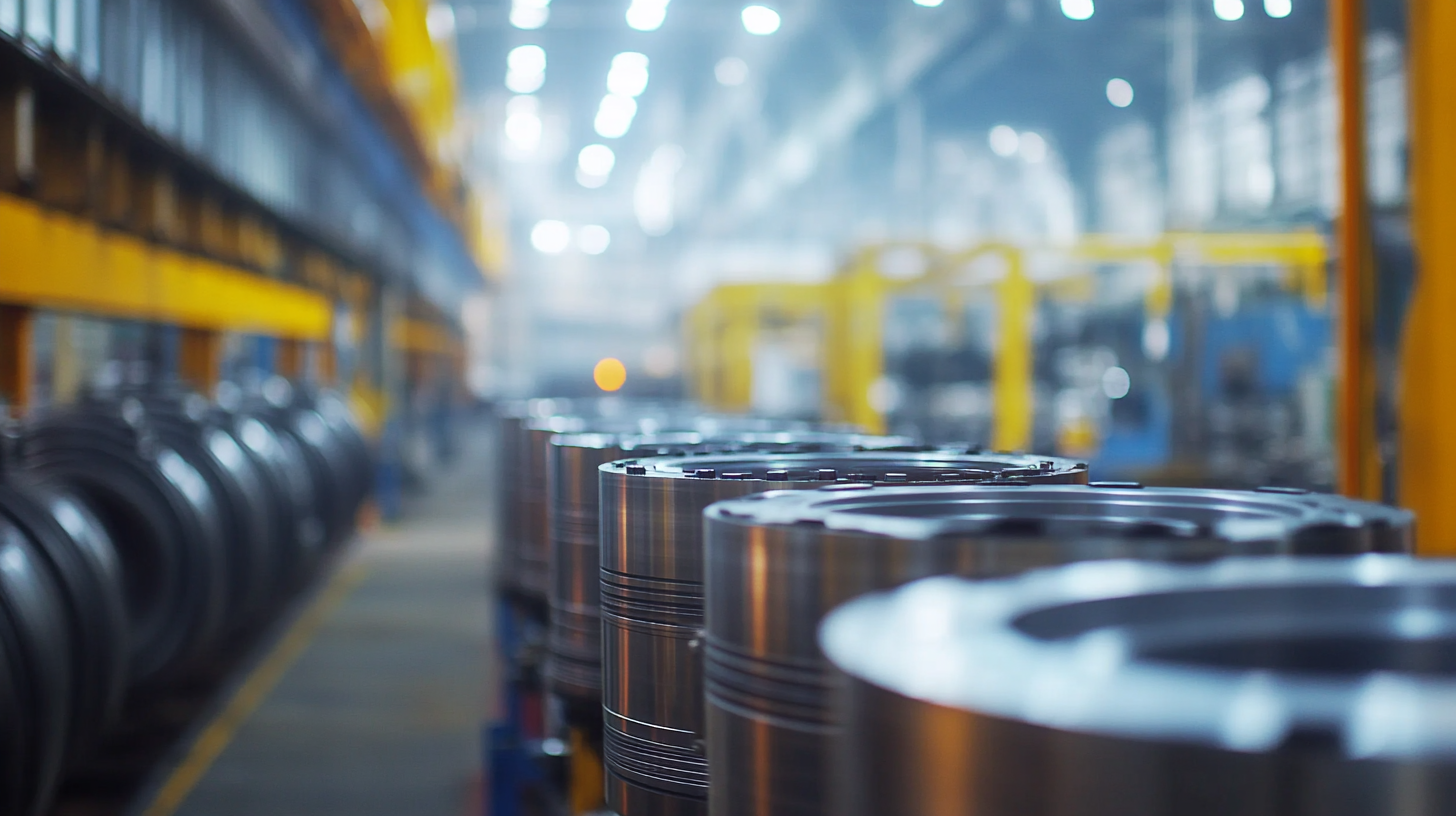 +86 13794985240
+86 13794985240
Leave Your Message
-
 CONTACT NUMBER
CONTACT NUMBER -
 CONTACT NUMBER
CONTACT NUMBER -
 CONTACT NUMBER
CONTACT NUMBER



In recent years, the trade relationship between the United States and China has been marked by increasing tariffs and economic challenges, creating a turbulent environment for manufacturers across various sectors. However, amidst these obstacles, China's cylinder liner exports have shown remarkable resilience and growth. This blog will explore the factors contributing to this phenomenon, highlighting how Chinese manufacturers have adapted to the shifting trade landscape. By leveraging technological advancements, streamlined production processes, and strategic market positioning, they have not only maintained but also expanded their market presence internationally. As we delve into the dynamics of China's exports, we will examine how the cylinder liner industry stands as a testament to innovation and adaptability in the face of tariffs and economic uncertainty.

The interplay between US-China tariffs and the cylinder liner export market reveals a complex yet resilient industry. Despite the imposition of tariffs since 2018, which saw duties on certain Chinese products rise to as much as 25%, the export dynamics for cylinder liners remain surprisingly robust. According to a report by the International Trade Administration, China's exports of cylinder liners have remained stable, with the total export volume reaching approximately 3.2 million units in 2022, only a slight decline from previous years. This resilience is attributed to strategic adjustments by manufacturers, who have enhanced their competitiveness through innovations and cost management.
Moreover, the evolving landscape of global trade has prompted Chinese producers to diversify their export markets. While the US traditionally represented a substantial portion of demand, data shows that exports to regions such as Southeast Asia and Europe have surged, filling the gap left by reduced American orders. Reports indicate a 30% increase in exports to ASEAN countries in the last fiscal year. This pivot not only mitigates the impact of tariffs but also exemplifies how adaptability in supply chains can flourish even amidst trade tensions. As manufacturers continue to enhance operational efficiencies and explore new markets, the cylinder liner industry underscores a broader narrative of resilience and strategic evolution within global trade.
In the face of ongoing US-China trade tensions, Chinese manufacturers have devised effective strategies to overcome tariff obstacles, particularly in the cylinder liner export sector. The imposition of tariffs has challenged traditional supply chains, pushing organizations to innovate and adapt. By enhancing localization efforts and diversifying supply sources, manufacturers are effectively mitigating the impact of tariffs. For instance, investments in research and development have allowed companies to create competitive advantages through higher quality products tailored to specific markets.
Moreover, many firms are proactively exploring new export markets beyond the United States to reduce reliance on any single economy. This strategic pivot not only broadens their customer base but also diminishes the financial risks posed by potential future tariffs. Additionally, collaboration with international partners has become crucial, enabling Chinese manufacturers to access advanced technologies and best practices that enhance operational efficiencies. Overall, these adaptive strategies demonstrate the resilience of China's cylinder liner export market amidst tariff challenges and reflect a proactive approach in navigating the complex landscape of global trade.

China's cylinder liner production industry has demonstrated remarkable resilience, creatively adapting to the challenges posed by US-China trade tariffs. Driven by a combination of advanced manufacturing techniques and a diversified market strategy, the industry recorded an impressive export growth rate of approximately 12.5% over the past year, despite the mounting pressures from tariffs, according to a recent report by the China Machinery Industry Federation.
Innovations such as the adoption of smart manufacturing technologies, including IoT and Big Data analytics, have significantly enhanced production efficiency and quality control. This transformation is further evidenced by the increase in R&D investment, which surged by 20% in 2023, fueling the development of lightweight and high-performance cylinder liners that meet international standards. Furthermore, the industry's collaboration with global automotive manufacturers has led to the introduction of eco-friendly materials, aligning with the growing demand for sustainable automotive solutions.
As a result, China's cylinder liner exports have not only remained robust amid geostrategic tensions but are also positioned for sustained growth in emerging markets. By leveraging cutting-edge technologies and strong global partnerships, China’s cylinder liner industry is setting a precedent for resilience in the face of adversity, thereby solidifying its status as a key player in the global automotive supply chain.
The persistent challenges of US-China tariffs have led to a remarkable resilience in China's cylinder liner exports, largely attributed to the robust nature of global supply chains. These interconnected networks allow manufacturers to adapt quickly to changing market conditions, ensuring that production flows remain smooth despite external pressures. By strategically sourcing materials and utilizing varied transportation routes, companies can mitigate the impact of tariffs and keep costs in check, which ultimately supports sustained export growth.
**Tip:** To thrive in a tariff-laden environment, businesses should diversify their supply chain partners. This approach not only reduces dependency on any single market but also enhances flexibility in sourcing materials, which is crucial for maintaining competitive pricing.
In addition, investing in technology can streamline operations and improve efficiency. Data analytics, for example, can provide insights into market trends and consumer demands, enabling companies to respond proactively and make informed decisions. By leveraging these tools, exporters can better navigate tariff challenges and sustain their growth on the global stage.
**Tip:** Regularly reviewing and optimizing your supply chain network can uncover potential cost-saving opportunities and strengthen your resilience against unforeseen disruptions, ensuring long-term viability even in turbulent trade conditions.

China's cylinder liner exports have shown remarkable resilience despite the ongoing trade tensions with the United States. The tariffs imposed have certainly created hurdles, but China's adaptability and strong manufacturing capacities have enabled it to maintain competitiveness in the global market. Key players in this industry have not only focused on improving production efficiencies but have also diversified their customer base, seeking opportunities in emerging markets beyond the US. This strategic pivot has reinforced their foothold in international trade.
Looking ahead, the prospects for China's cylinder liner exports appear promising, even in the face of challenges. As the global automotive industry shifts towards electric vehicles, demand for lighter and more efficient components is expected to rise. This trend can offer new avenues for innovation and growth in China’s manufacturing sector. Additionally, collaborations and investments in research and development can further enhance the quality and performance of cylinder liners, making them more appealing in both traditional and emerging markets. With strategic foresight, China is well-positioned to navigate the complexities of the trade environment and emerge stronger in the cylinder liner industry.
| Year | Export Volume (Million Units) | Main Export Destinations | Tariff Rate (%) | Market Growth Rate (%) |
|---|---|---|---|---|
| 2020 | 12.5 | USA, Europe, Southeast Asia | 25 | 5 |
| 2021 | 13.8 | USA, Mexico, India | 25 | 6 |
| 2022 | 14.2 | USA, Brazil, Russia | 25 | 7 |
| 2023 | 15.0 | USA, Canada, Australia | 25 | 8 |
